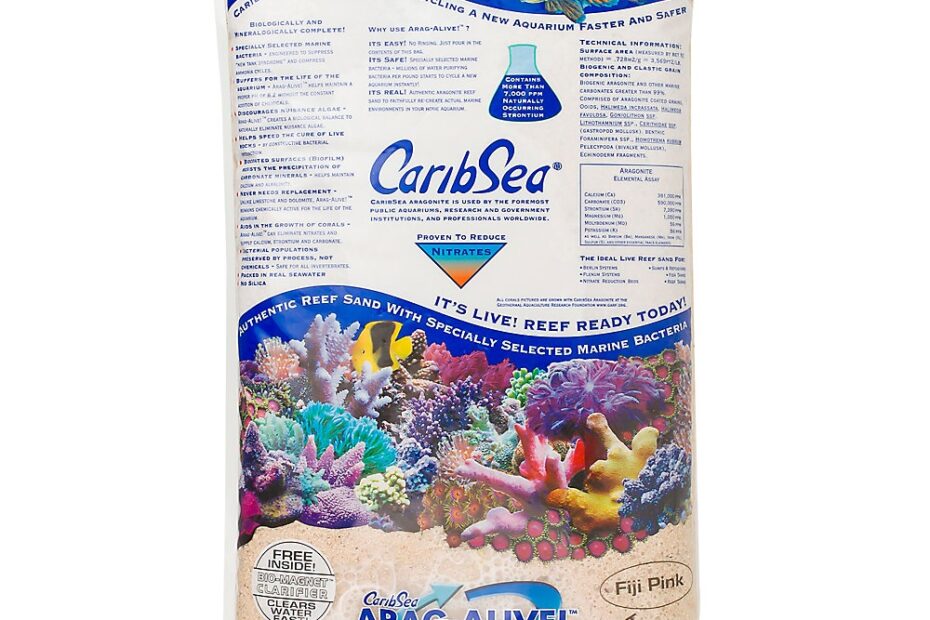Buy live sand
Live sand is an integral component of many saltwater and reef aquarium setups. It not only provides a natural look to the aquarium but also plays an important role in the biological filtration and overall health of the marine ecosystem within the tank.
What is Live Sand?
Live sand refers to the sand that contains beneficial microorganisms, including bacteria, tiny crustaceans, and other microscopic life forms. These organisms help break down organic waste in the aquarium, making it an active participant in the tank’s nitrogen cycle.
- Biological Filtration: The beneficial bacteria within live sand help in the breakdown of ammonia, nitrite, and nitrate, thus aiding in the cycling process of a new aquarium and ongoing waste breakdown in established tanks.
- Natural Look: Live sand provides a natural seabed look, enhancing the aesthetic appeal of the tank.
- Beneficial Fauna: Live sand introduces a variety of tiny organisms that are not only beneficial for the tank’s ecosystem but also provide a natural food source for many marine animals.
- Buffering: Some types of live sand can also help buffer the pH of the aquarium, maintaining it at suitable levels for marine life.
- Detritus Breakdown: Microorganisms in the live sand assist in breaking down detritus, reducing the buildup of waste.
Types of Live Sand:
- Aragonite Sand: Derived from coral, this sand type helps maintain a higher pH and alkalinity, making it suitable for reef tanks.
- Oolitic Sand: Composed of tiny rounded grains, this sand is lightweight and can shift easily, providing a unique texture.
- Crushed Coral: This is a coarser substrate often used in fish-only tanks. It can trap more detritus than finer sands but offers similar buffering capabilities as aragonite.
- Black Sand: Primarily made of volcanic materials, this sand gives a unique look but doesn’t offer the buffering capabilities of coral-based sands.
Adding Live Sand to the Aquarium:
- Amount: A general guideline is to add 1 to 2 pounds of sand per gallon of tank volume, but the exact amount may vary depending on the desired depth and appearance.
- Preparation: Before adding live sand to an aquarium, it’s essential to rinse it in saltwater to remove any dust or fine particles. Some brands might advise against rinsing to preserve the bacterial content, so always follow the manufacturer’s instructions.
- Placement: Gently add the sand to the bottom of the tank, smoothing it out to achieve the desired depth and contour. For reef tanks, you might want to place rocks before the sand to ensure stability.
- Cycling: Once the sand is added, the aquarium will need to cycle, establishing the bacterial colonies necessary for filtration. The live bacteria in the sand can help speed up this process.
Maintenance:
Over time, detritus can accumulate in the sandbed. To maintain a healthy environment:
- Stirring: Periodically stir the top layer of sand or use creatures like snails, starfish, or certain fish that naturally sift through the sand, aiding in its aeration and cleaning.
- Vacuuming: When doing water changes, lightly vacuum the surface of the sand to remove detritus. Avoid going too deep to prevent disturbing the beneficial bacteria.
Best Offers
Live sand offers both aesthetic and functional benefits for saltwater aquariums. With proper maintenance, it can be a crucial component in creating a thriving, balanced marine environment.

